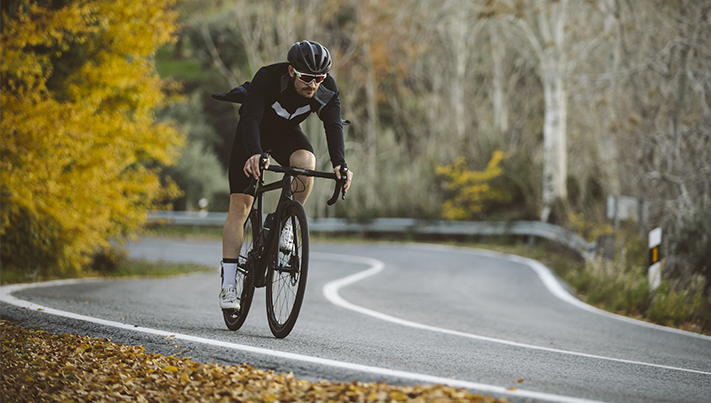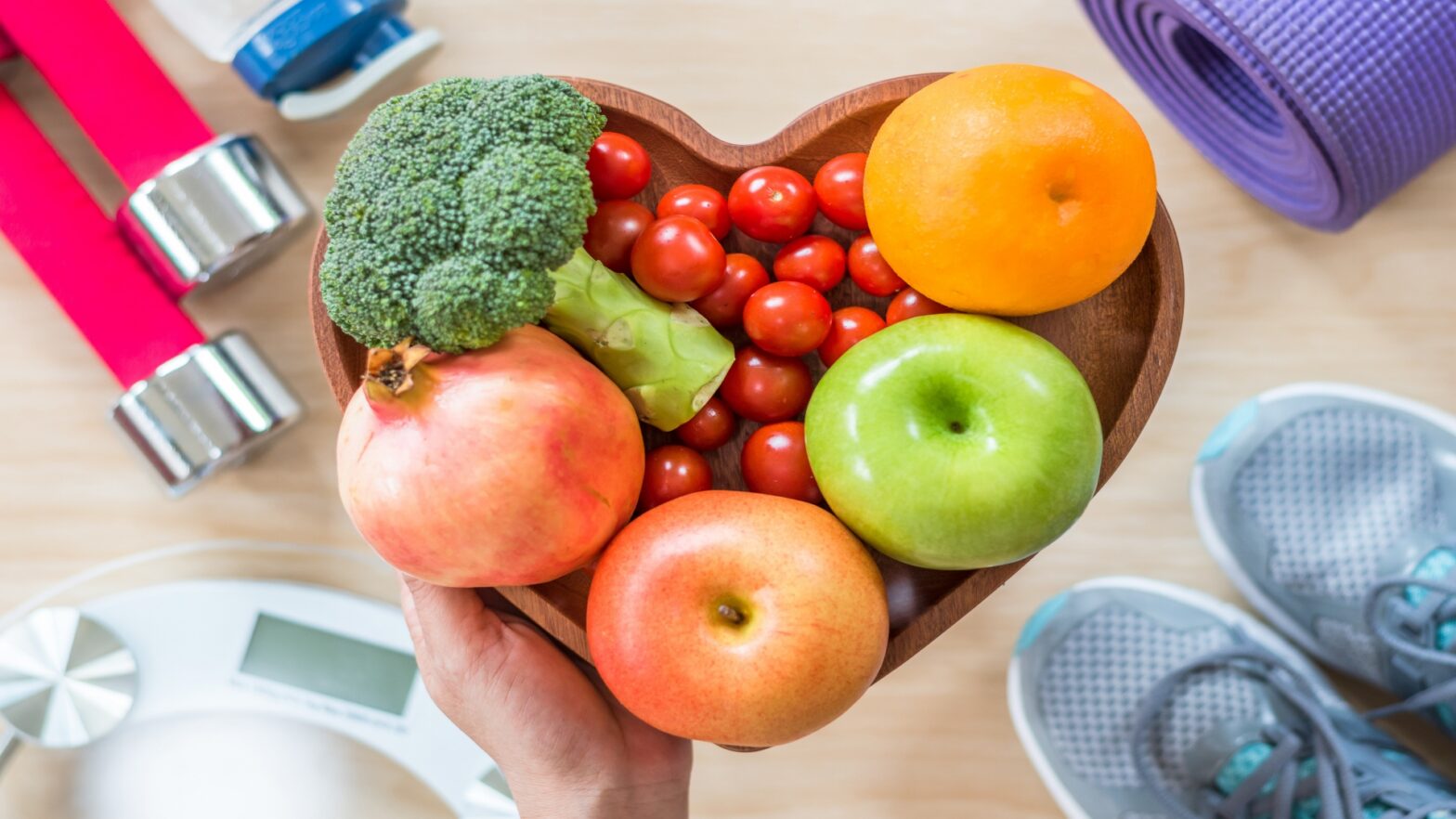
You don’t need to be an aspiring athlete to start cycling, you can introduce it into your everyday life gradually by pedalling from A to B. Join family-owned cycling retailer Leisure Lakes Bikes as they take you through a guide on how to start cycling every day and the benefits of doing so’
How to integrate cycling into your daily commute
According to the UK’s best-selling cycling magazine, you’ll want to get your hands on a road bike that is capable of riding through any weather condition without any fuss and which you can rely on with minimal maintenance. Consider fitting your bike with mudguards too ‘ no one wants to arrive at the office with mud and muck covering their clothes ‘ as well as wide tyres which will work to spread the load, improve comfort levels, and provide enhanced grip during wet weather.
While you’re shopping for your cycling gear, take note that it’s a legal requirement for you to have a white front light and red rear light, both in working order, on your bike after dusk and before dawn. It’s advised that you use these lights throughout the day too though, as they’ll improve your visibility. You may also want to buy a backpack that you can fill with your essential work items and then carry over your shoulders while you cycle, or a pannier rack for your bike if you often carry a lot of stuff during a commute.
Once you have your bike sorted and are beginning your commute on two wheels, it’s important that you cycle with confidence. To help, Cycling Weekly advises: ‘Hugging the curb often encourages drivers to pass closely, which will only increase any nervousness that caused you to do so in the first place ‘ so avoid this and keep a safe distance that affords you room to swerve around a pot hole should you need to.
‘When approaching junctions, check behind you and move into the centre of the lane when it’s safe to do so ‘ this prevents anyone from overtaking or undertaking when it’s not safe to do so.’
With the last point in mind, you’ll want to make sure that you’re comfortable enough to look behind you when cycling too before using a bike for a commute. Cycling one-handed is another essential skill, as there will be times when you need to release one hand from the bike’s handlebars to indicate and tell other road users that you’re about to make a turn.
Once you reach your workplace, ensure you have a high-quality bike lock to hand to securely store your bicycle while you’re at work. It’s recommended that you apply one lock to the frame of the bike and then a cable lock to the wheels if they are attached by quick-release skewers. On the topic of security, try and leave your bike in a location that is monitored by CCTV too.
Remember that you’re heading into your job when you’ve completed a bike ride to work as well. Therefore, keep a pair of appropriate work shoes at work which you can quickly slip into once you’ve arrived, and pack some dry shampoo and wet wipes to look the part if your workplace doesn’t have its own shower.
Why should you cycle regularly?
Cycling can improve your mental wellbeing for one, with a study by the YMCA finding that individuals with a physically active lifestyle recorded a wellbeing score which was 32 per cent higher than people who were inactive. There are obviously many ways to exercise, but cycling stands out as it allows you to take part in physical exercise, get outdoors and explore fresh surroundings.
What’s more, you can either choose to cycle alone to give you time to reflect on any concerns or worries you have, or cycle in a group in order to enhance your social circle. Graeme Obree, a former hour record holder, expanded on this aspect in particular by telling Cycling Weekly: ‘Getting out and riding will help [people suffering with depression] ‘ Without cycling, I don’t know where I would be.’
Your body can profit even more from cycling. For instance, the activity promotes weight loss ‘ between 400 and 1,000 calories can be burnt per hour depending on your level of intensity and your weight ‘ and it also builds muscle, especially around the calves, hamstrings, glutes, and quadriceps.
Then there’s the benefits to your overall health. Cycling has been found to reduce the risk of you developing cancer or heart disease, improve your lung health, allow you to enjoy better sleep, and increase your brain power.
It’s not just your health and wellbeing that will see improvements if you cycle more regularly either. Pedalling to and from a destination can actually take a shorter amount of time than completing the commute in a vehicle, depending on the distance and the level of traffic encountered of course.
You could save quite a bit of money as well. Cyclescheme.co.uk imagined a scenario back in 2011 whereby a cyclist travelled for five miles to work every day and then another five miles to get back home. Covering a 48-week year ‘ holidays were taken out of the equation ‘ the organisation found that 2,400 miles will be covered, which would account for around £320 in fuel costs if a vehicle was used to travel the distance. That sum was based on the average cost of fuel during 2011; just imagine the savings today seeing as though fuel prices have continued to skyrocket over the past decade.
Hopefully by now you’re inspired to start cycling on a daily basis ‘ enjoy the many benefits it’ll offer you!



















